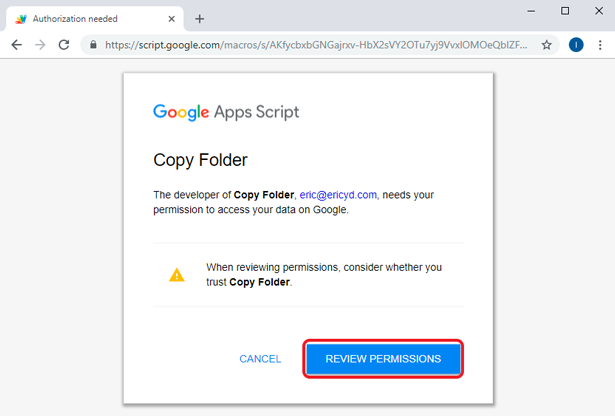
In order for Windows to know what to call the file, specify the local file path in the $WebClient.DownloadFile instruction as shown above.

Note that the Google Drive link does not reveal the filename. So a Google Drive direct download link might look like this:

It’s not perfect-it seems slow to start sometimes (throttling?)-but it worked. Once I added &confirm=t to the string, I was able to use it in a script to download without authentication. Press F12 in Firefox, go to the Network tab, click the Download anyway button, and note that it ends in &confirm=t. However, you may still hit an intervening page telling you that anti-virus checking could not be completed (perhaps due to file size?): You can create the direct download link using the instructions in this article. an unauthenticated user can download it). If you host the file on Google drive, be sure to share it with anyone who has the link (i.e. If you have a web site and can upload files e.g. The challenge is getting the correct $Url. Returns everything within the file 2 directory.$SavePath = Join-Path $SaveFolder $InstallerFileName If the mime type of the item returned is a directory (mimeType = 'application/') make a request to get its contences

Returns everything within the file 1 directory. >File Four (actually a file) 'File 1' in parents Update from comment you need to loop though each directory or just do a main list of everything on your drive account and process the data locally. This will return a list of the files contained within your folder. Your going to have to do a file.list searching for the files with the parent Id to the file Id of your parent folder using search parameters (TIP: ''1234567' in parents'). There is no single method that will allow you to download everything with in a folder. with folders its mimeType = 'application/'.


 0 kommentar(er)
0 kommentar(er)
